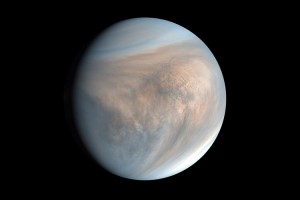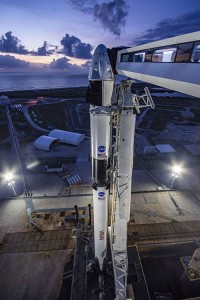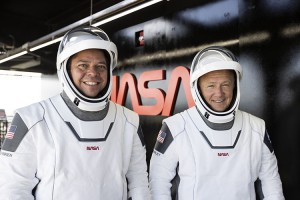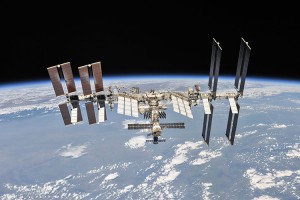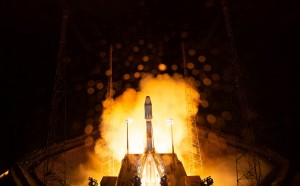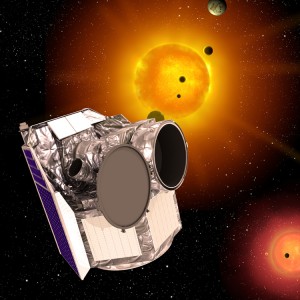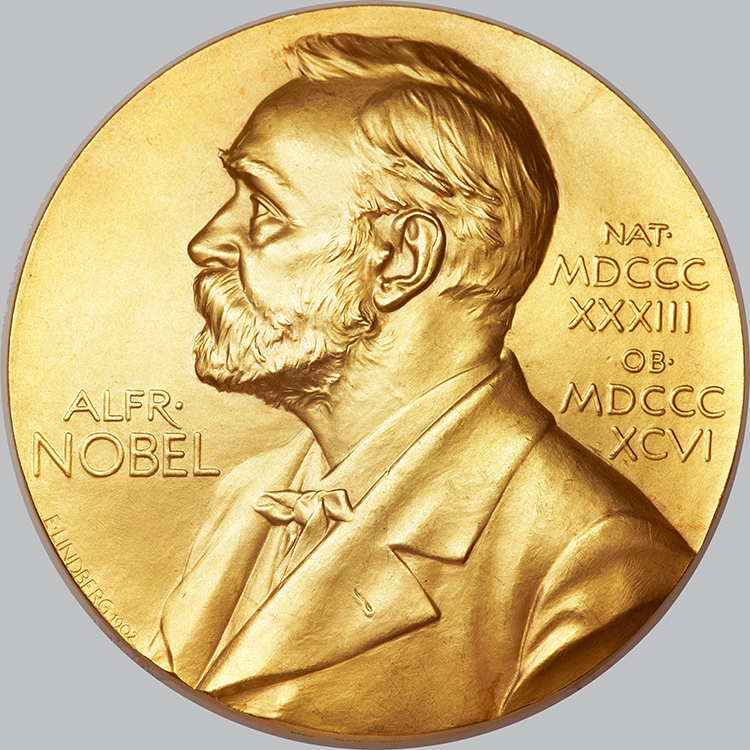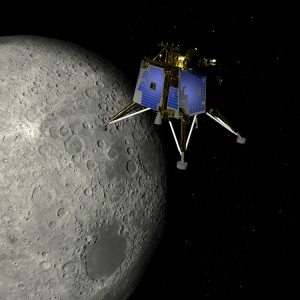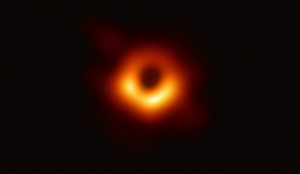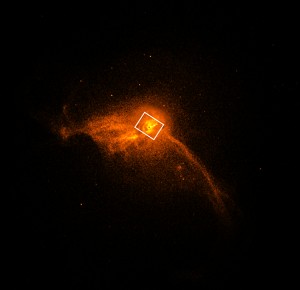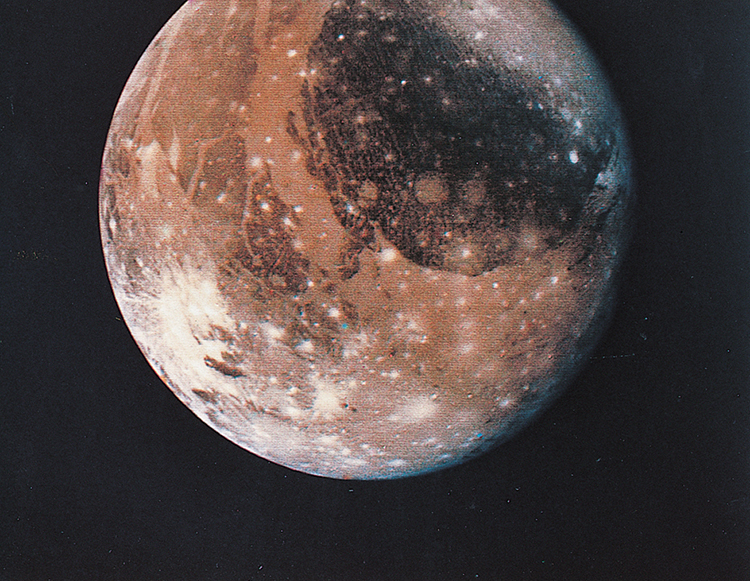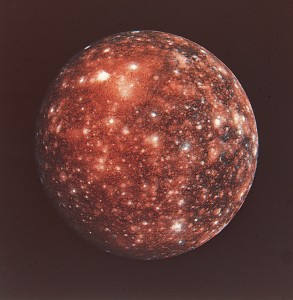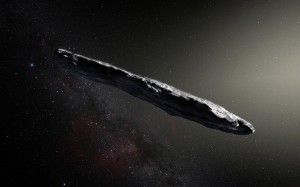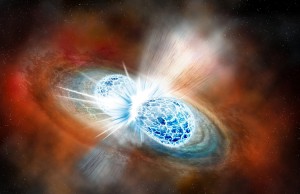The Parker Probe Touches the Sun
Monday, December 27th, 2021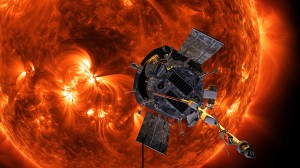
The Parker Solar Probe approaches the sun in this artist’s depiction. The probe’s path takes it nearer to the sun than any other human-made object, allowing it to make close-up observations of solar activity.
NASA
The Parker Solar Probe has done the unthinkable. It became the first spacecraft to touch the sun! Scientists reported the announcement on Dec. 14, 2021, at the press conference at the 2021 American Geophysical Union Fall Meeting in New Orleans, Louisiana. The probe was built and operated by the Johns Hopkins Applied Physics Laboratory. The probe flew through the upper atmosphere of the sun, called the corona, to collect samples. The samples will allow scientists to understand more about the sun, just like landing on the moon paved the way for scientists to learn about the moon.
The National Aeronautics and Space Administration (NASA) launched the Parker Solar Probe in 2018. The probe completed its first orbit of the sun in 2019. The probe is the fastest human-made object in the solar system. The sun’s gravity is expected to accelerate the probe to extreme speeds of up to 430,000 miles (700,000 kilometers) per hour. Three years after the launch, the probe has arrived at the sun.
The goals of the mission are 1) to study how energy and heat flow through the corona; 2) to gather information on plasma (the gaslike substance the sun is composed of) and magnetic fields near the sun; and 3) to learn more about how high-energy particles travel outward from the sun.
It uses a set of instruments known as FIELDS, which has antennas to measure electric fields and magnetometers to measure magnetic fields. The probe is also equipped with a pair of cameras to capture images of the sun. The probe carries various instruments for studying particles in the solar wind—that is, the continuous flow of particles from the sun.
The sun’s corona can be as hot as 4,000,000 °F (2,200,000 °C). Because of the corona’s low density (concentration of matter), the Parker Solar Probe will not experience the sun’s most intense heat. However, it will encounter temperatures of up to 2,500 °F (1,377 °C)—hotter than lava from a volcano.
The Parker probe is planned to approach the sun 24 times by the mission’s end. Hopefully, the Parker probe can stand the heat and gather more information about the corona and solar winds.

